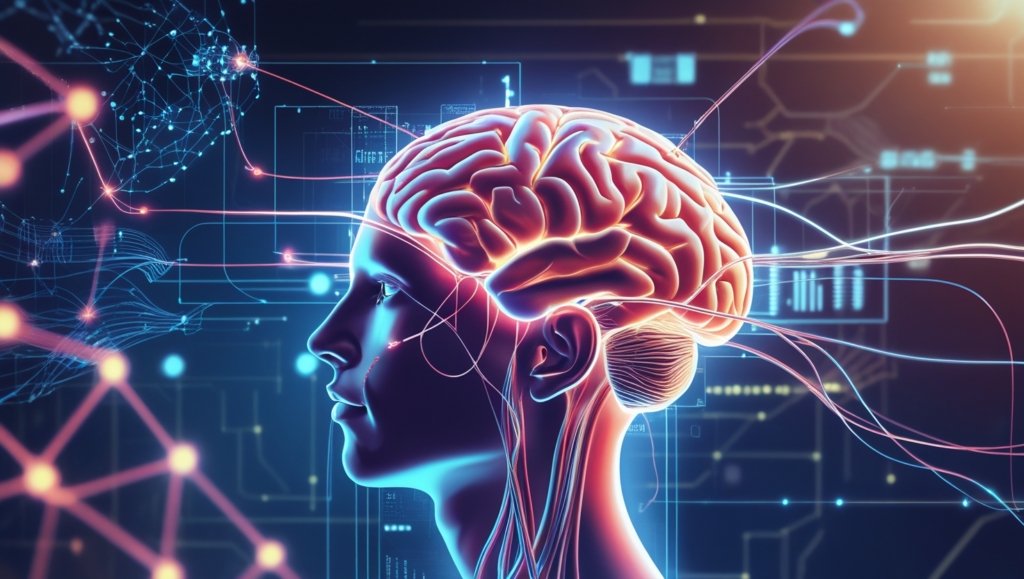Elon Musk’s Latest Breakthrough: Neuralink’s Brain-Computer Interface
Elon Musk, the tech visionary behind Tesla, SpaceX, and other groundbreaking ventures, has introduced yet another innovation that could redefine the boundaries of human potential. Neuralink, his neurotechnology company, has unveiled its latest progress in creating a brain-computer interface (BCI), promising revolutionary implications for healthcare, communication, and beyond.
What is Neuralink?
Neuralink is a company founded by Elon Musk in 2016 with the mission to merge the human brain with artificial intelligence. The company’s primary focus is to develop implantable brain-machine interfaces (BMIs) that allow direct communication between the human brain and external devices.
The latest iteration of Neuralink’s device involves a chip implanted in the brain that can read and interpret neural signals. This chip, the size of a coin, is designed to wirelessly transmit data to computers or other devices, enabling new levels of connectivity and control.
Key Features of the Latest Neuralink Innovation
- Advanced Implant Technology
- The device uses ultra-thin threads, which are thinner than human hair, to interface with neurons. These threads minimize damage to the brain tissue while maximizing data capture.
- The threads are surgically inserted using a high-precision robotic system, ensuring safety and accuracy.
- Wireless Connectivity
- Neuralink’s chip is entirely wireless, eliminating the need for cumbersome external wiring. It communicates with external devices via Bluetooth-like technology.
- Real-Time Brain Data Monitoring
- The device can monitor brain activity in real time, providing valuable insights into neurological conditions and even enabling control of prosthetic limbs.
- Potential for Cognitive Enhancement
- While initially aimed at medical applications, the technology could eventually enhance human cognitive abilities, such as memory or learning capacity.
Applications of Neuralink
- Medical Revolution
- Restoring Mobility: Neuralink aims to help individuals with paralysis regain control over devices and prosthetics, enabling independent mobility.
- Treating Neurological Disorders: The device has the potential to address conditions like Parkinson’s disease, epilepsy, and even depression by directly interfacing with affected brain regions.
- Communication Enhancement
- For individuals unable to speak or type, the chip could allow direct thought-to-text communication, revolutionizing how people with disabilities interact with the world.
- Future Cognitive Enhancements
- Beyond medical applications, Neuralink envisions a future where humans can directly interface with computers and AI, potentially leveling the playing field between biological and artificial intelligence.
Challenges and Ethical Considerations
While the technology is promising, Neuralink faces significant challenges:
- Safety and Long-Term Viability: Implanting devices in the brain comes with inherent risks, including infection and device degradation over time.
- Privacy Concerns: Direct access to brain data raises questions about how this information will be protected and used.
- Accessibility: Making the technology affordable and accessible to all is crucial to avoid widening social and economic gaps.
The Future of Neuralink
Elon Musk’s vision for Neuralink extends beyond medical applications. He sees it as a stepping stone toward “symbiosis” with artificial intelligence, ensuring humans remain relevant in a future dominated by AI. Neuralink has already received FDA approval for human trials, marking a significant step toward real-world applications.
As the technology matures, it could fundamentally alter how humans interact with machines, each other, and the world. From restoring independence to those with disabilities to unlocking the potential of the human mind, Neuralink is poised to be one of the most transformative innovations of the 21st century.
Elon Musk’s Neuralink represents not just an innovation in technology but a paradigm shift in how we perceive the boundaries of human potential. The journey is only beginning, and its implications are limitless.


